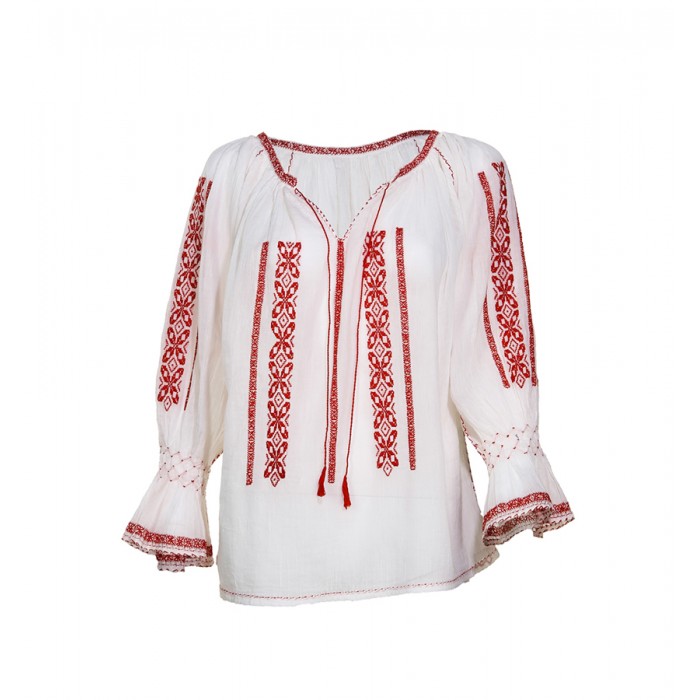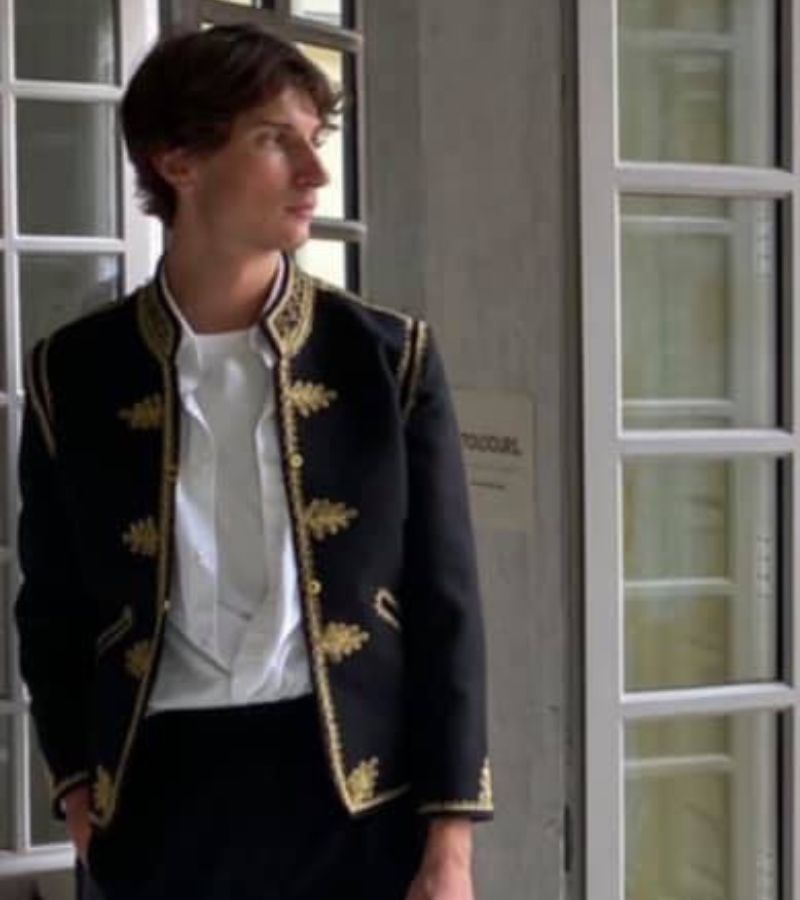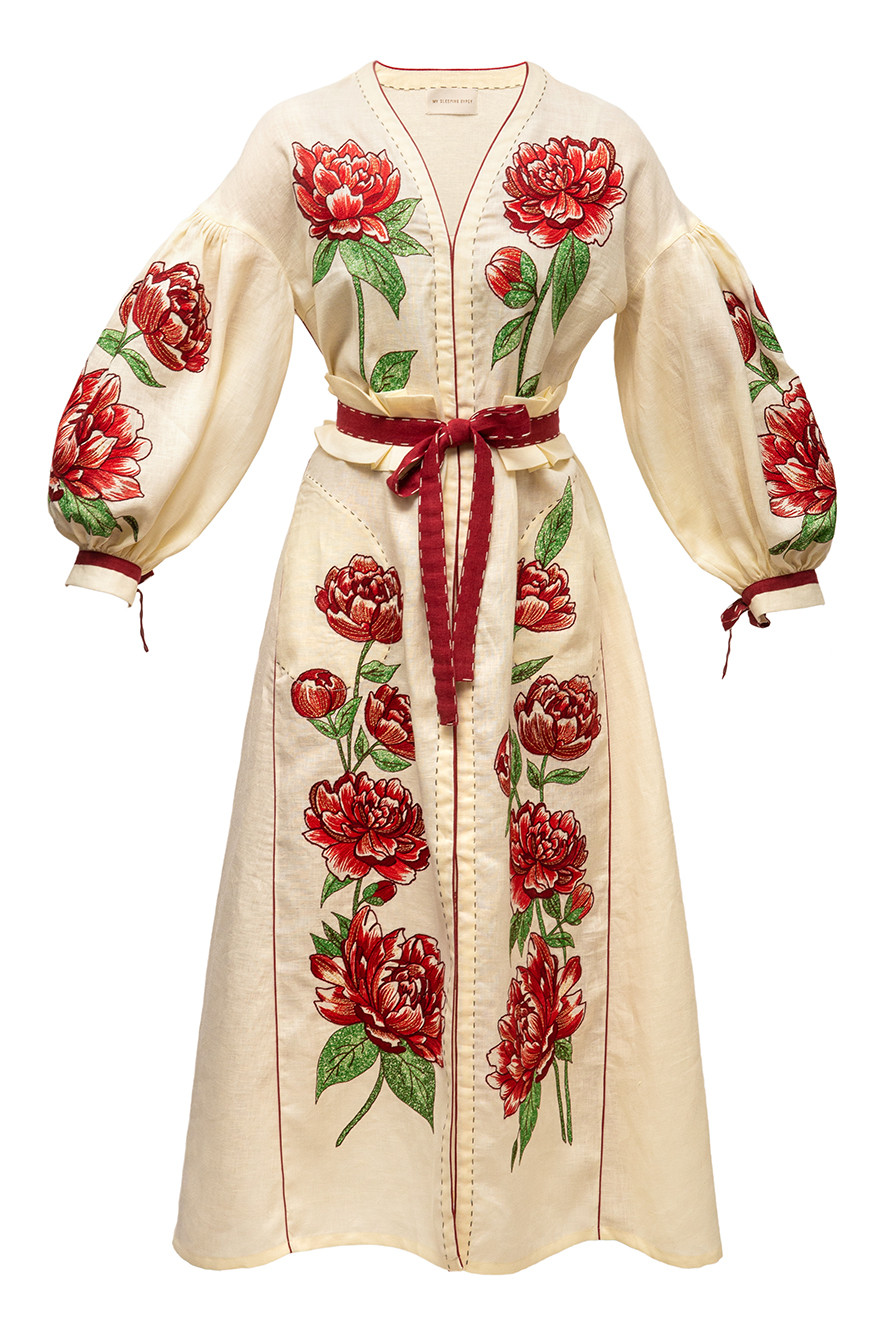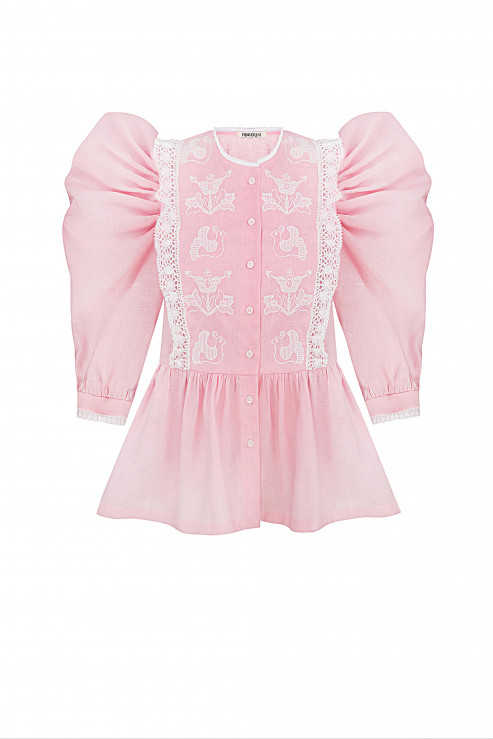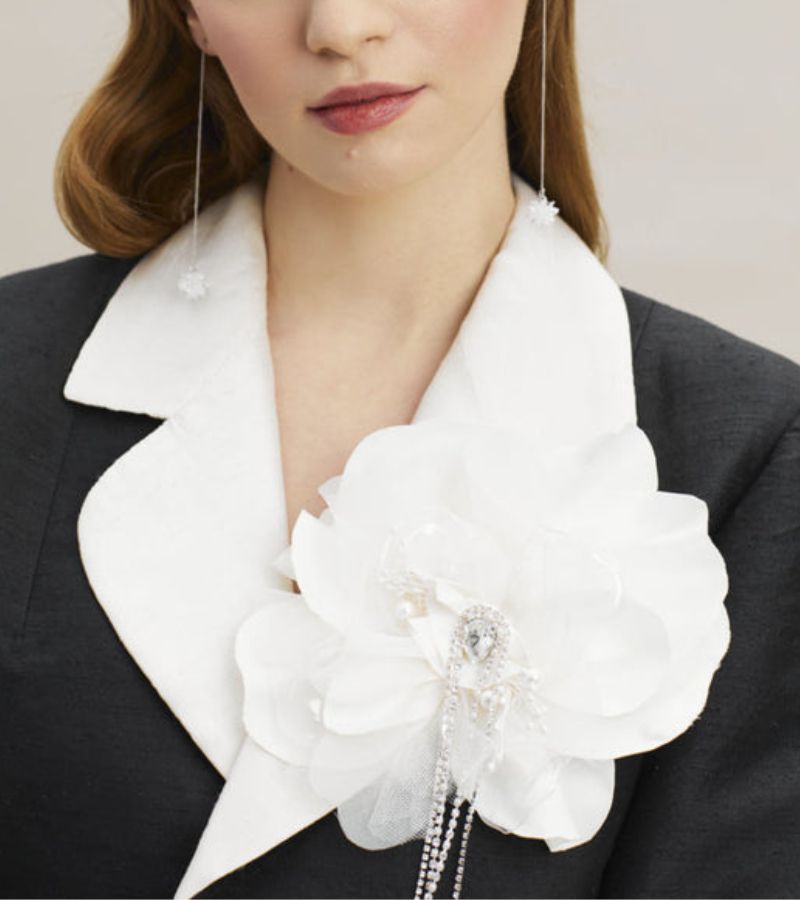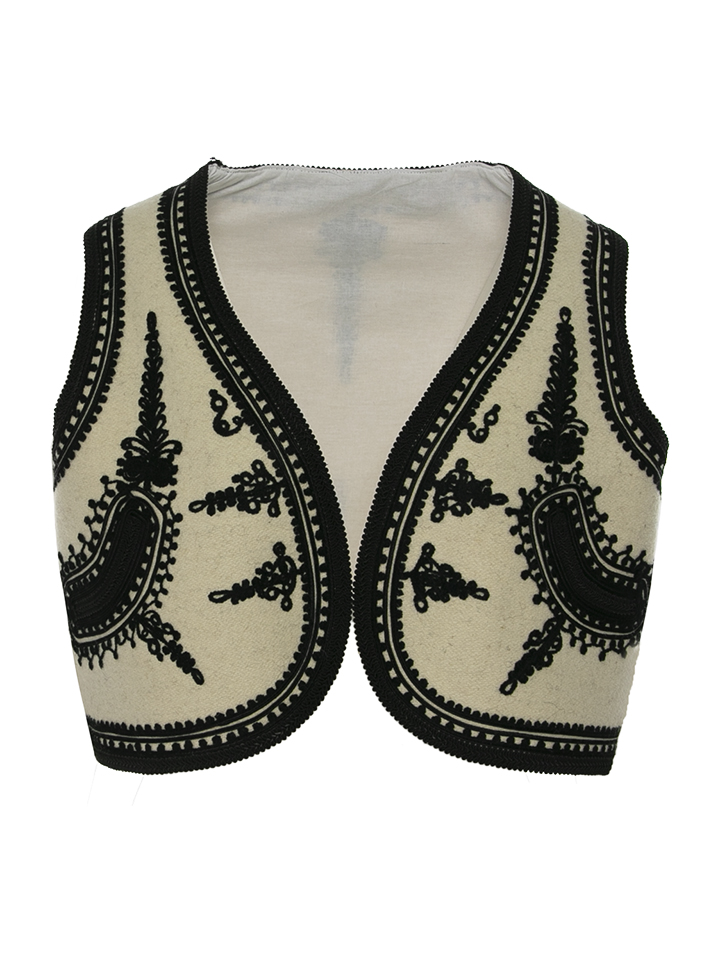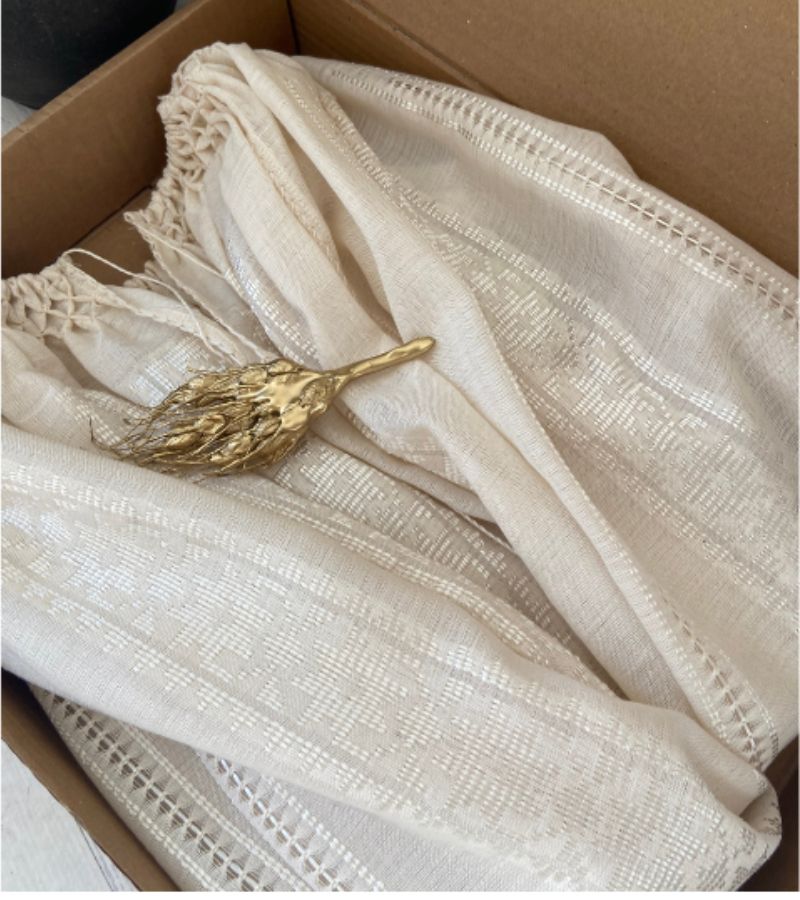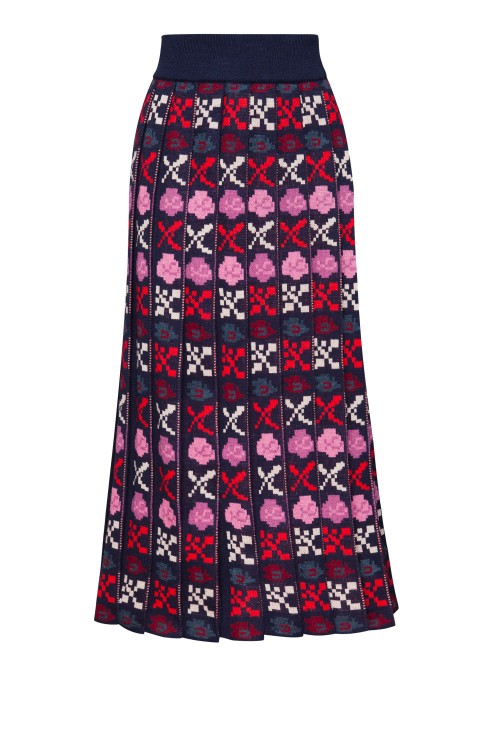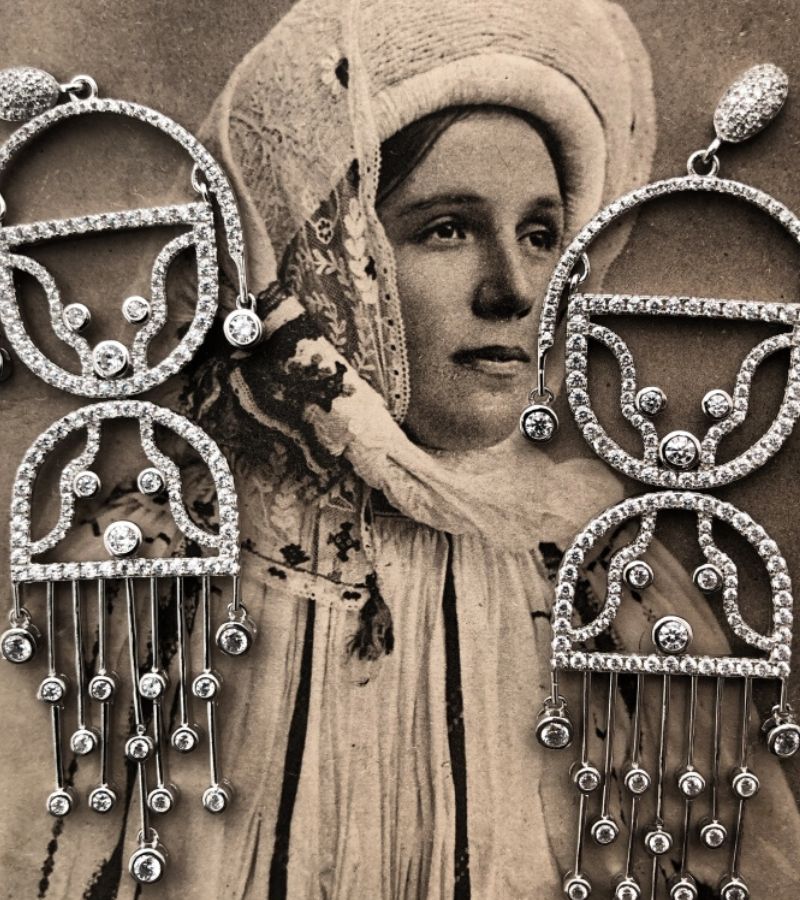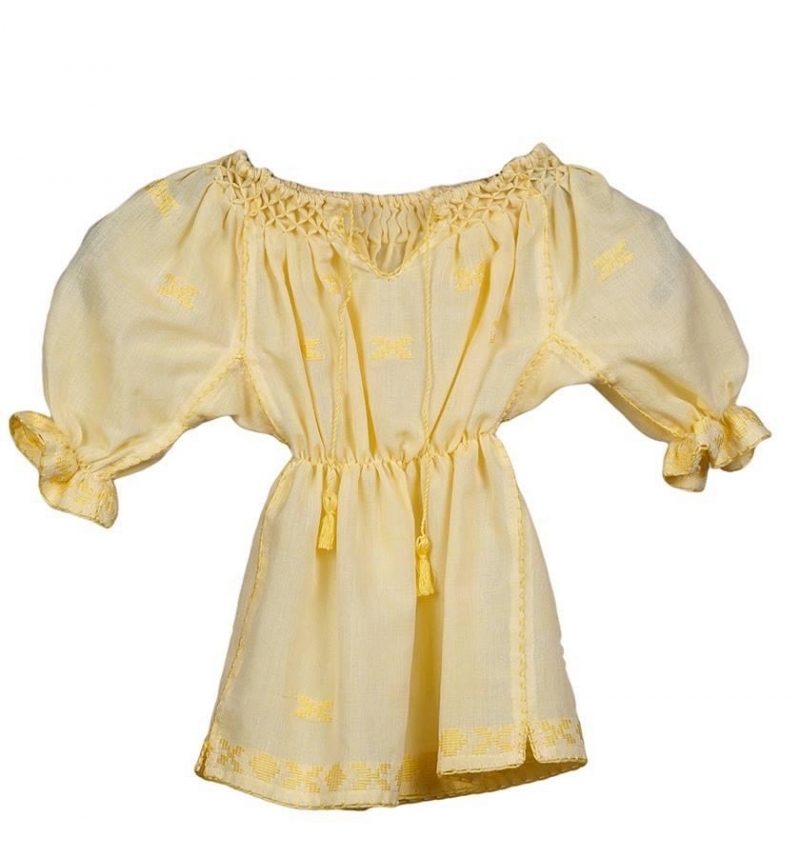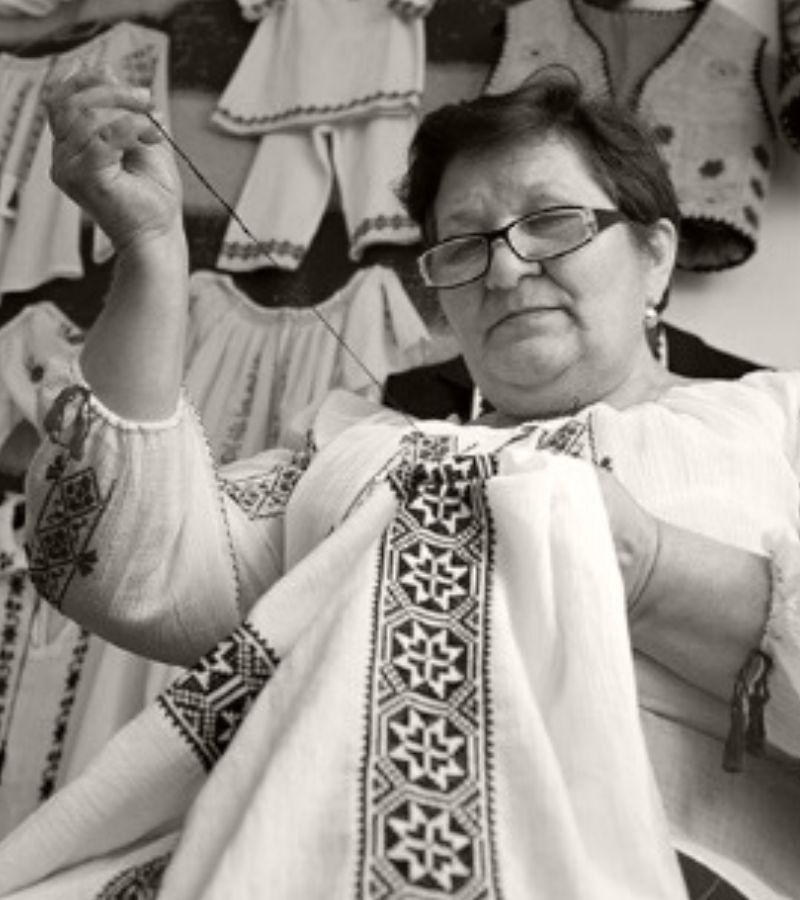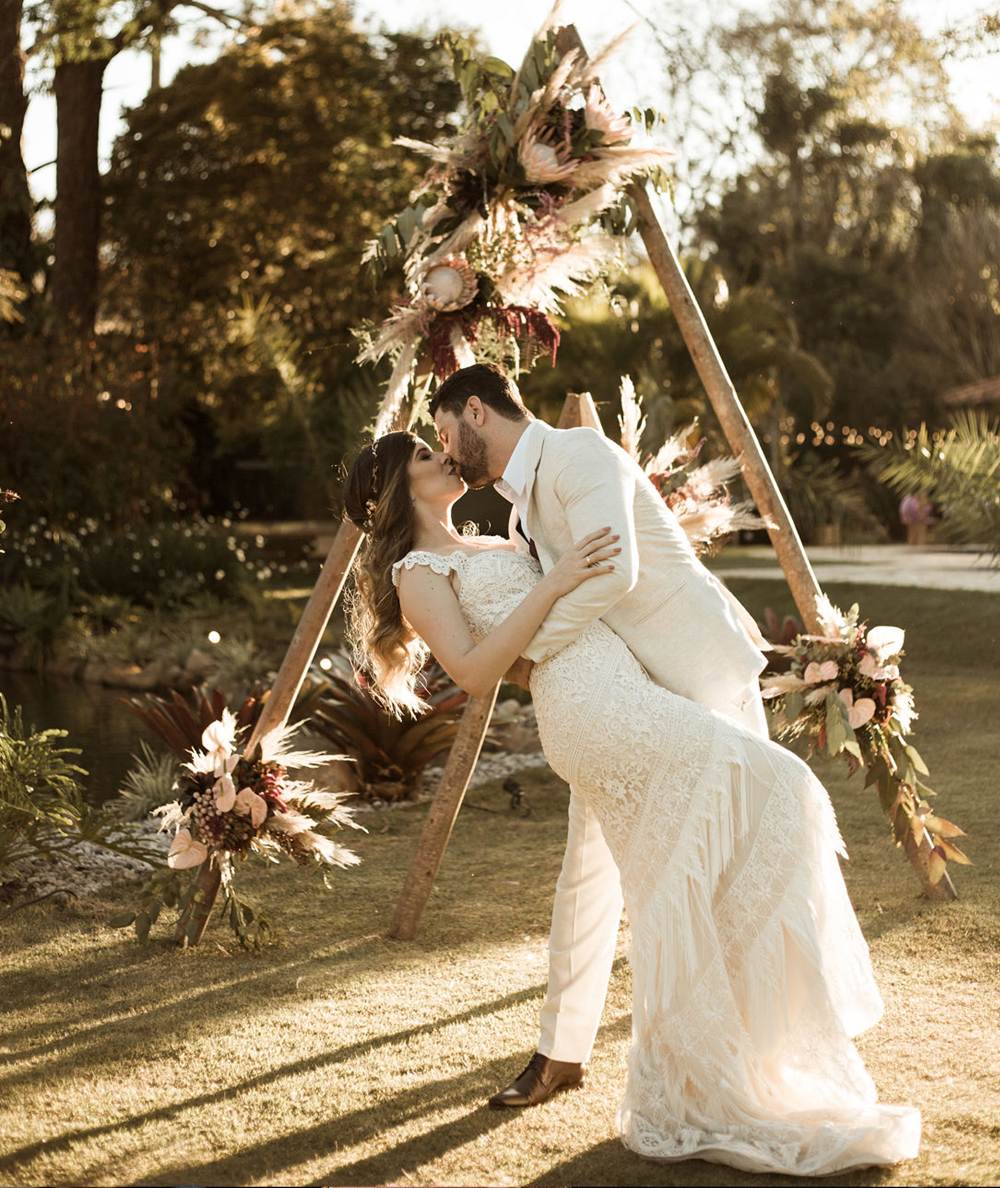What is Slowfashion movement?
Slow Fashion is not your typical seasonal fashion trend, it is a movement that is steadily gaining momentum and is likely here to stay...
Today’s mainstream fashion industry relies on globalised, mass production where garments are transformed from the design stage to the retail floor in only a few weeks. With retailers selling the latest fashion trends at very low prices, consumers are easily swayed to purchase more than they need. But this overconsumption comes with a hidden price tag, and it is the environment and workers in the supply chain that pay.
The fashion industry is contributing to today’s sustainability challenge in a number of ways. It currently uses a constant flow of natural resources to produce ‘Fast Fashion’ garments. In the way it operates, this industry is constantly contributing to the depletion of fossil fuels, used, for example, in textile & garment production and transportation. Fresh water reservoirs are also being increasingly diminished for cotton crop irrigation. The fashion industry is also introducing, in a systematic way and in ever-greater amounts, manmade compounds such as pesticides and synthetic fibres, which increase their persistent presence in nature.
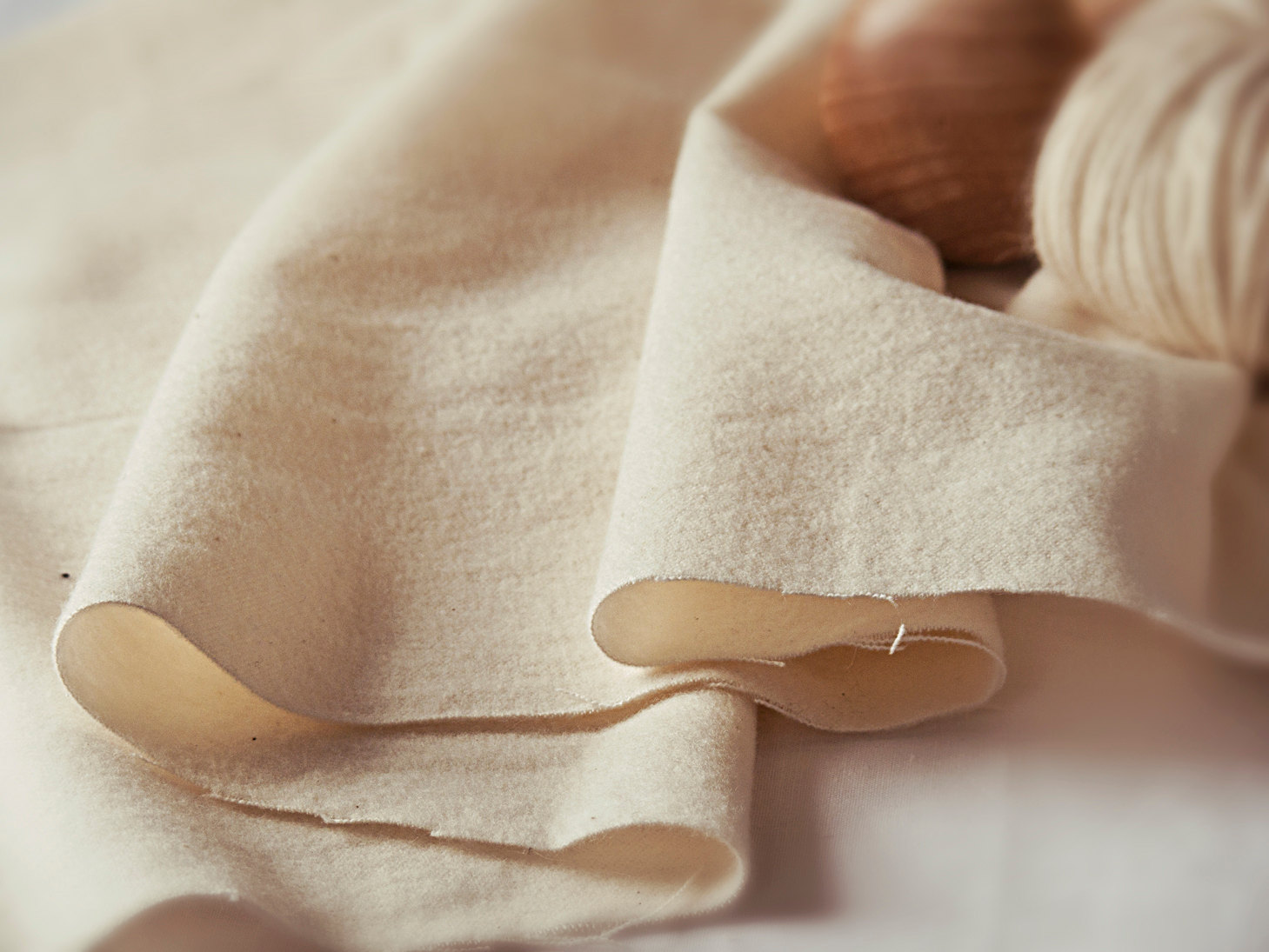
As a result, some natural resources are in jeopardy and forests and ecosystems are being damaged or destroyed for such things as fibre production, leading to issues such as droughts, desertification and not least, climate change, that are affecting society at large.
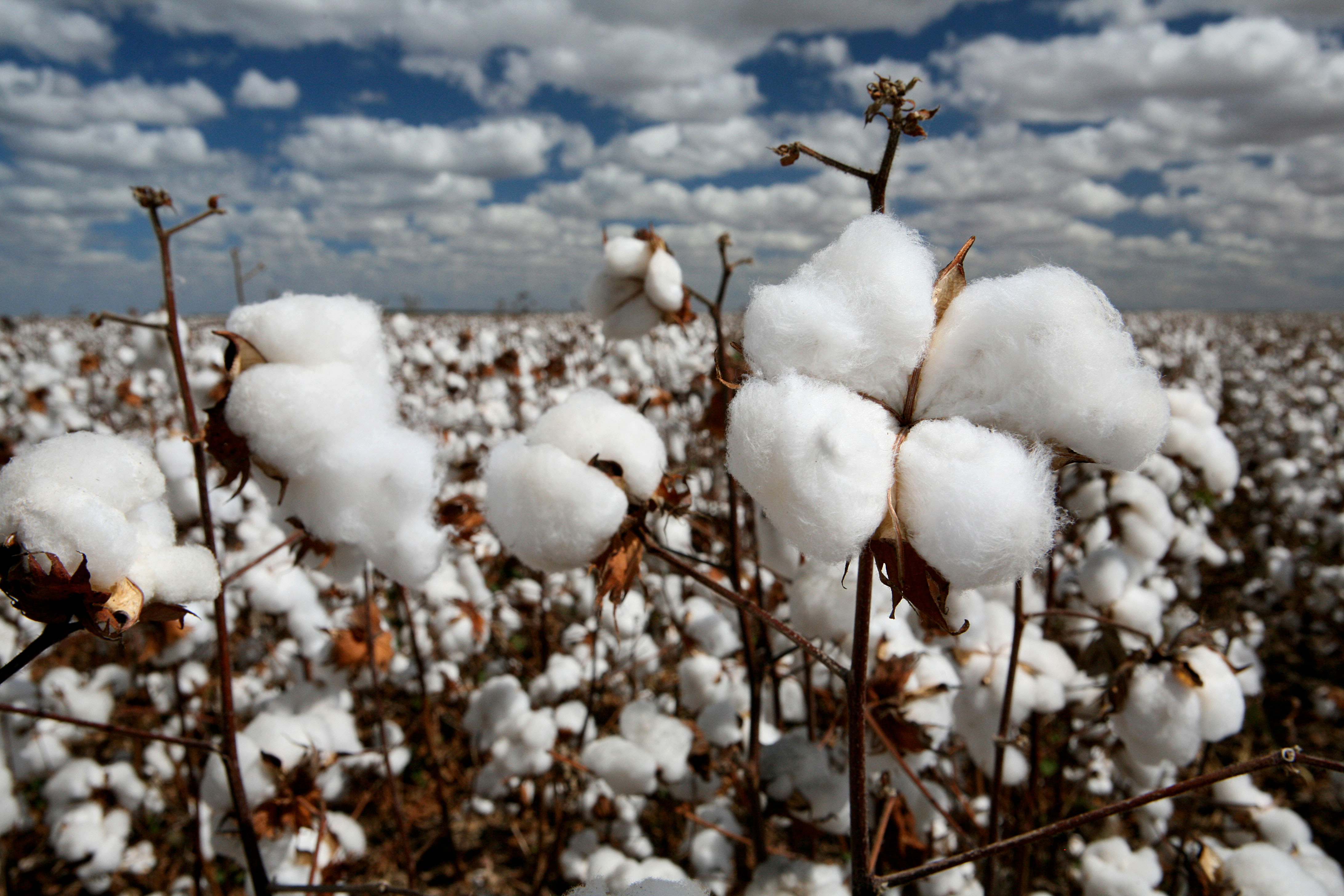
To visualise the sustainability challenge of today’s fashion industry, the funnel metaphor is used to demonstrate the consumption behaviour of the larger fashion industry, including consumers. If this keeps increasing at the current rate, the impact on the social and ecological environment will also increase. This leads to a very limited space for the industry to handle these impacts in the future and resolve the issues society is facing today. This is symbolised by the sloping walls of the funnel.
Using this metaphor we can draw the conclusion that if we do not want to ‘hit the narrowing walls of the funnel,’ we must re-design the current unsustainable practices in society, including the fashion industry. This change, if achieved, is likely to result in a gradual return to equilibrium, where societal behaviour is not in conflict with natural resources, and the fashion industry can carry on without compromising the health of the people and our planet.

Slow Fashion represents all things “eco”, “ethical” and “green” in one unified movement. It was first coined by Kate Fletcher, from the Centre for Sustainable Fashion, when fashion was compared to the Slow Food experience. Carl Honoré, author of “In Praise of Slowness”, says that the ‘slow approach’ intervenes as a revolutionary process in the contemporary world because it encourages taking time to ensure quality production, to give value to the product, and contemplate the connection with the environment.
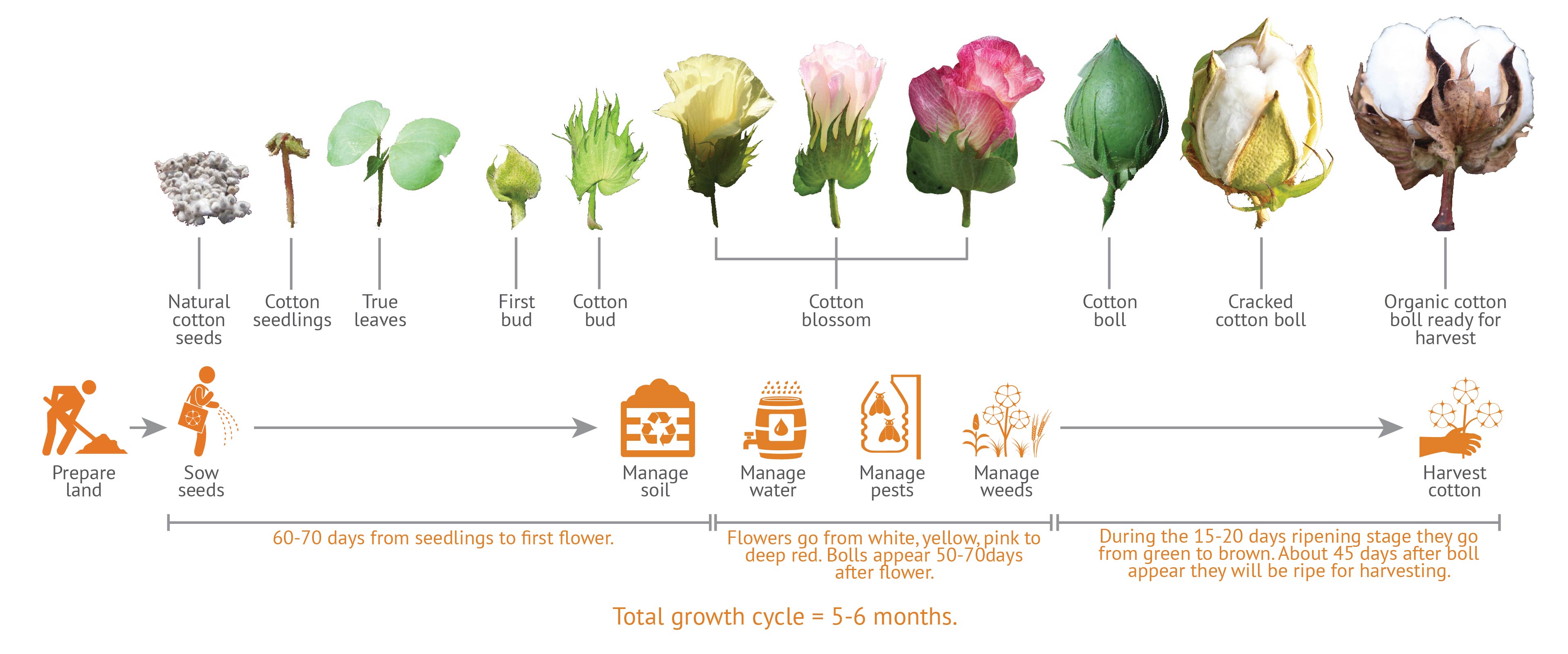
For Slow Fashion to emerge as a sustainable fashion model, a team of three researchers from the Master’s in Strategic Leadership towards Sustainability programme in Sweden have recommended that “Slow Fashion Values” be used to guide the entire supply chain. They looked closely at the positive actions that were happening and also turned to the food, design and agriculture industries for inspiration.
The values are not meant to be a one-size fits all solution, but they can encourage creativity and be adapted. They are intended to spark a conversation with designers, manufactures, retailers and others in the Slow Fashion movement about who they are, where they are going and how their actions can have a greater impact.
1. Seeing the big picture:
Slow Fashion producers recognise that they are all interconnected to the larger environmental and social system and make decisions accordingly. Slow Fashion encourages a systems thinking approach because it recognises that the impacts of our collective choices can affect the environment and people.
2. Slowing down consumption:
Reducing raw materials by decreasing fashion production can allow the earth’s regenerative capabilities to take place. This will alleviate pressure on natural cycles so fashion production can be in a healthy rhythm with what the earth can provide.
3. Diversity:
Slow Fashion producers strive to maintain ecological, social and cultural diversity. Biodiversity is important because it offers solutions to climate change and environmental degradation. Diverse and innovative business models are encouraged; independent designers, larger fashion houses, second-hand, vintage, recycled, fashion leasing, your local knitting club and clothing swaps are all recognised in the movement. Keeping traditional methods of garment & textile making and dyeing techniques alive also gives vibrancy and meaning to what we wear and how it was made.
4. Respecting People:
Participating in campaigns and codes of conduct can help to secure the fair treatment of workers. Some brands have joined the Asian Floor Wage Alliance, Ethical Trading Initiative, and the Fair Wear Foundation, among others. Labels are also supporting local communities by offering skill development and helping them to trade, such as Toms Shoes and Banuq.
5. Acknowledging human needs:
Designers can meet human needs by co-creating garments and offering fashion with emotional significance. By telling the story behind a garment or inviting the customer to be part of the design process, the needs of creativity, identity and participation can be satisfied.
6. Building relationships:
Collaboration and co-creation ensure trusting and lasting relationships that will create a stronger movement. Building relationships between producers and co-producers is a key part of the movement.
7. Resourcefulness:
Slow Fashion brands focus on using local materials and resources when possible and try to support the development of local businesses and skills.
8. Maintaining quality and beauty:
Encouraging classic design over passing trends will contribute to the longevity of garments. A number of Slow Fashion designers are ensuring the longevity of their clothing by sourcing high quality fabrics, offering traditional cuts and creating beautiful, timeless pieces.
9. Profitability:
Slow Fashion producers need to sustain profits, and increase their visibility in the market to be competitive. Prices are often higher because they incorporate sustainable resources and fair wages.
10. Practicing Consciousness:
This means making decisions based on personal passions, an awareness of the connection to others and the environment, and the willingness to act responsibly. Within the Slow Fashion movement, many people love what they do, and aspire to make a difference in the world in a creative and innovative way.
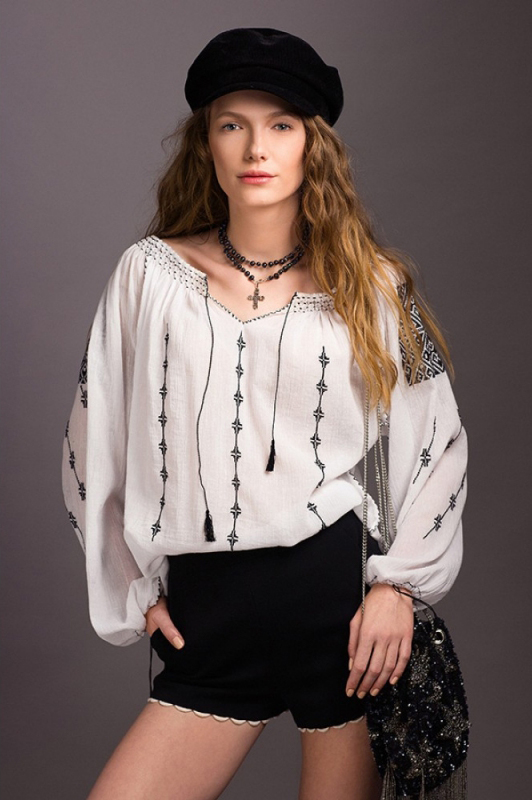

 Română
Română


